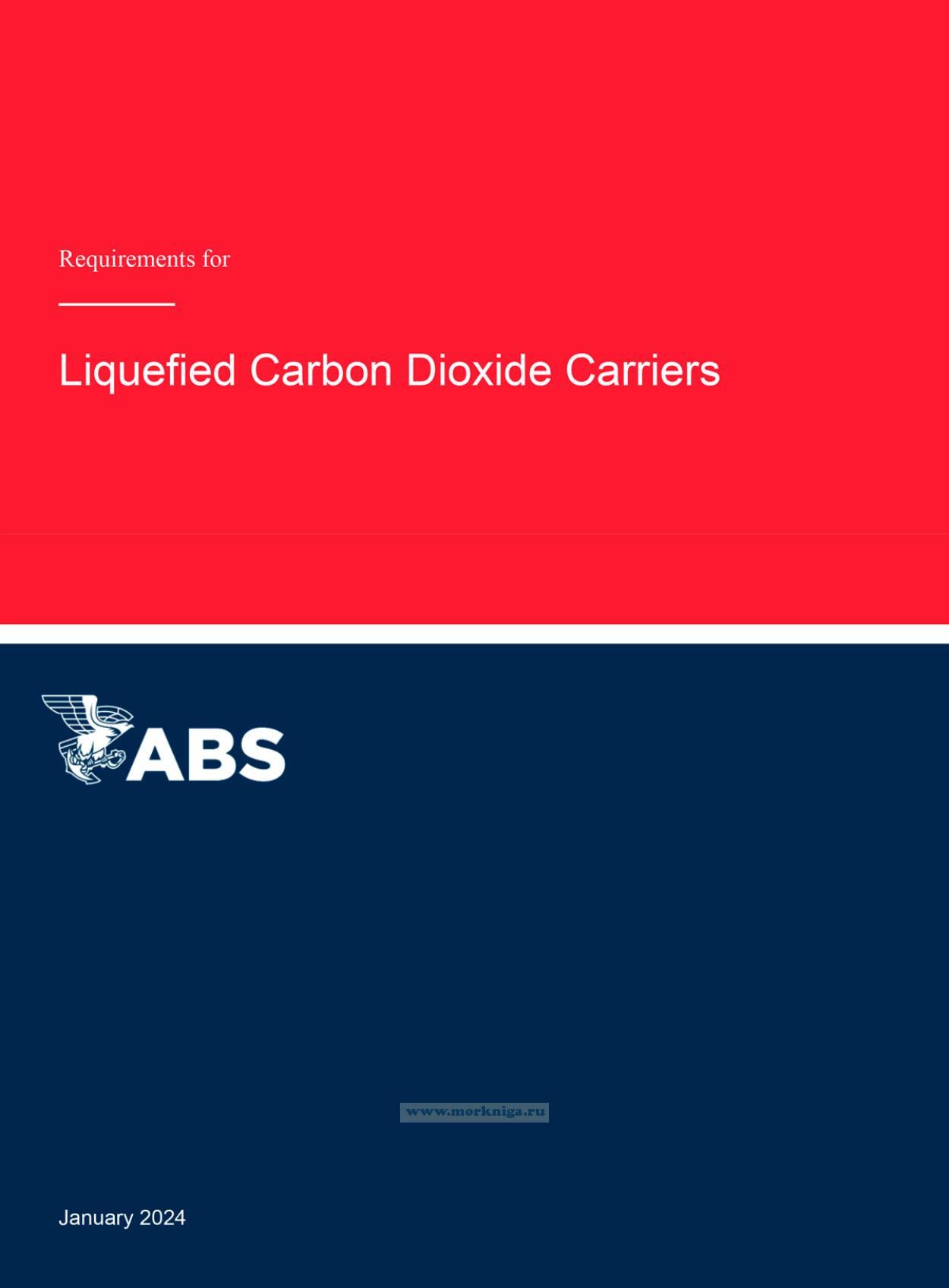Liquefied Carbon Dioxide Carriers/Перевозчики сжиженного диоксида
Книга на английском языке
The International Maritime Organization (IMO) has set a goal on Green House Gas Emissions from Ships to reduce the CO, emissions per transport work, at an average across international shipping by at least 40% by 2030 when compared to 2008. When compared to 2008. the total annual GHG emissions from international shipping are expected to decrease by at least 20%. aiming for 30% by 2030 and at least 70%. aiming for 80% by 2040. With an increasing interest in reducing GHG emissions, global industries are looking for ways to reduce then carbon emissions either by using alternate clean fuels or low carbon fuels with carbon capture and storage technologies. As more industries adopt carbon capture and storage strategies, the amount of CO, captured will be more than is currently used. This surplus CO, must be transported to be stored underground in geological formations or utilized in new consumption pathways. Currently, captured carbon dioxide (CO,) is primarily transported either by pipelines or ships. This has led to an increased demand for dedicated liquefied CO, earners.
См. также Requirements for Liquefied Carbon Dioxide Carriers
Contents
Section 1 General
Section 2 Ship Survival Capability And Location Of Cargo Tanks
Section 3 Ship Arrangements
Section 4 Cargo Containment
Section 5 Process Pressure Vessels And Liquid, Vapour, And Pressure Piping Systems
Section 6 Material Of Construction And Quality Control
Section 7 Cargo Pressure/Temperature Control
Section 8 Vent System For Cargo Containment
Section 9 Cargo Containment System Atmosphere Control
Section 10 Electrical Installations
Section 11 Fire Protection And Extinction
Section 12 Artificial Ventilation In The Cargo Area
Section 13 Instrumentation And Automation System
Section 14 Personnel Protection
Section 15 Filling Limits For Cargo Tanks
Section 16 Reliquefaction System
Section 17 Special Requirements
Section 18 Operating Requirements
Section 19 Survey Requirements

